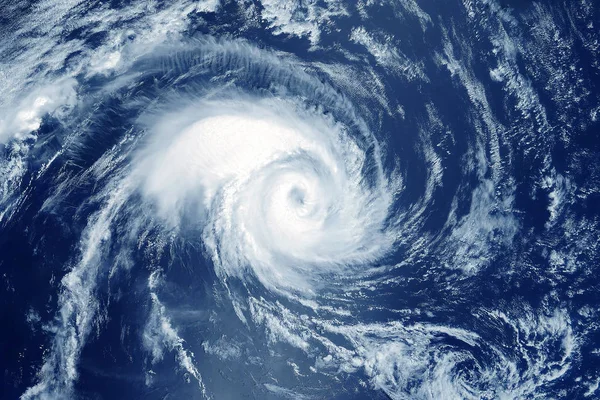
Where does a nation find its footing when winds roar at 185 miles an hour and rivers become oceans? Hurricane Melissa made landfall in Jamaica, leaving a scar across the island that is visible from space, felt in every coastal town, farmland, and urban street.
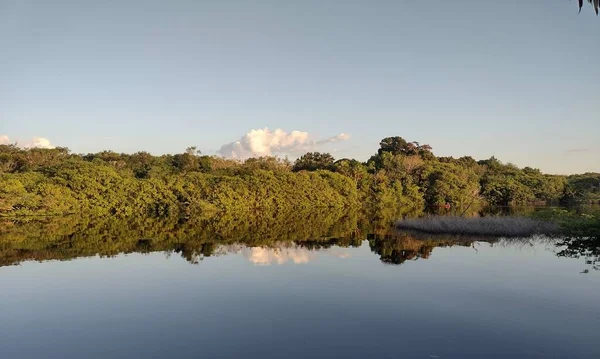
1. Ground Zero: Black River’s Coastal Collapse
Satellite images just days apart show the dramatic before-and-after transformation of the Black River in St. Elizabeth Parish: what was once a bustling marketplace now stands roofless, the white covering replaced with an opening where the ground can be seen. Farther down, the fire station has its roof off, and a café has been erased from view. According to Prime Minister Andrew Holness, “ground zero” is where as many as 90% of roofs were destroyed in the community. Fishing villages like White House, which depend on boats as lifelines, have been devastated restaurants destroyed, shoreline structures damaged, and livelihoods disrupted.
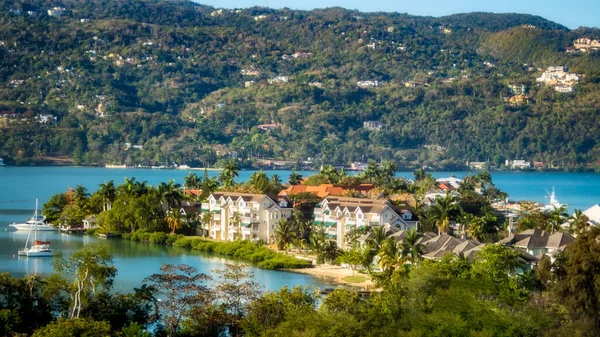
2. Montego Bay’s Tourism Heart Under Water
Equally jarring is the transformation in Montego Bay on the north coast. Aerial shots of the city show it cut asunder, flood waters deluging its port and industrial park. As Mayor Richard Vernon put it, there were “massive floods right across the city” that have served to cut off one side from the other. The container terminal, oil storage site, and water treatment plant suffered damage, and both the tourism and local industries are at a standstill.
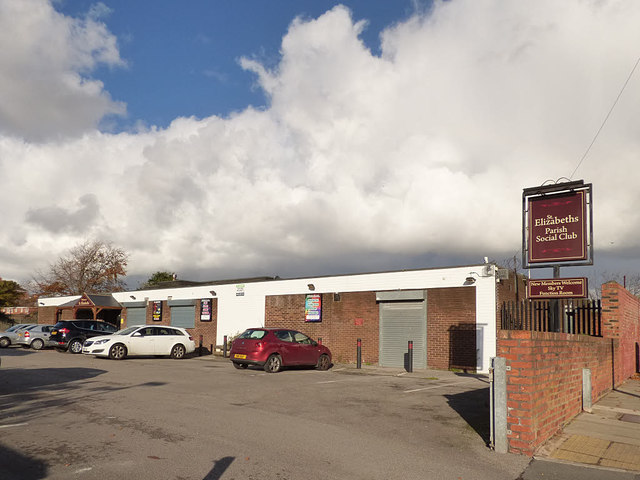
3. Jamaica’s Breadbasket Drenched
The farmlands of St. Elizabeth Parish were submerged within hours of the devastating flood waters–the result of four days of incessant rainfall and are considered the breadbasket of the island. Vegetation was stripped off most areas, thereby jeopardizing food security for the ensuing months. Junior Ebanks, a farmer from Blue Mountain, had just rebuilt his greenhouses after Hurricane Beryl last year, and he laments, “I’m going to lose everything again. Every single thing.” United Nations coordinator Dennis Zulu warned of “a very likely possibility that Jamaica will have some issues in terms of food security for the coming months.”
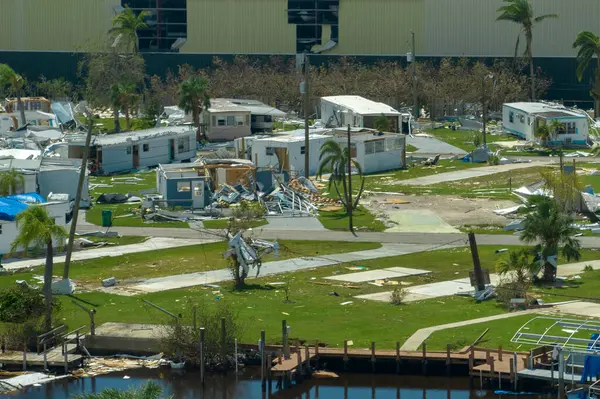
4. Human Loss and Displacement
An official death toll for Jamaica has not been announced, but the casualties confirmed so far include four from St. Elizabeth. More than 25,000 people poured into shelters, with 77% of the island without power. In some rural areas, floodwaters rose as high as two-storey home roofs. For many, it is not just the material loss, but tales of families cut off from loved ones, homes stripped bare, and communities in isolation paint a picture of deep emotional strain.
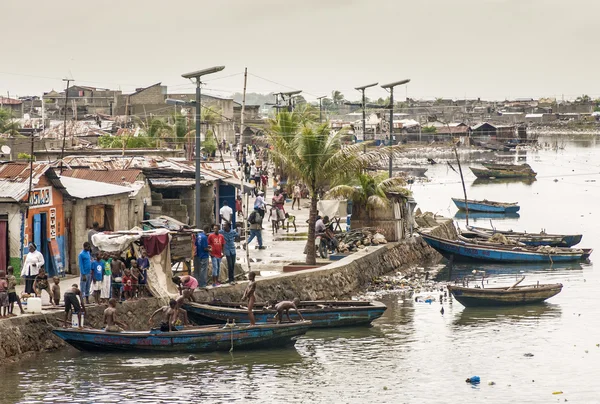
5. Regional Impact Beyond Jamaica
The wrath of Melissa was not limited to Jamaica. In Haiti, at least 23 people died, most in Petit-Goâve when a river burst its banks. Cuba had evacuated 735,000 residents and thus avoided fatalities, although 240 communities were cut off by flooding and landslides. The extended reach of the storm underlines the connected vulnerability of Caribbean nations as they face stronger, faster-forming hurricanes.
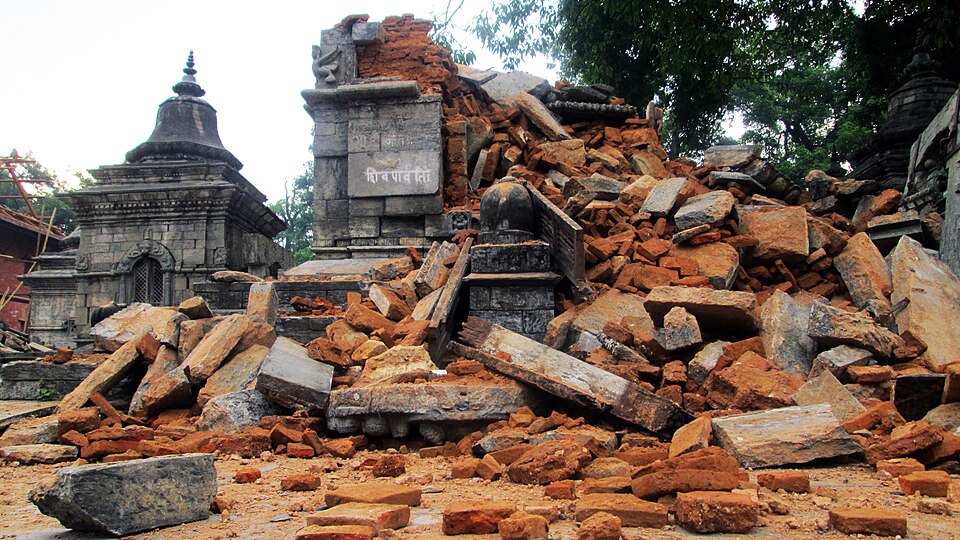
6. The Economic Toll
Preliminary estimates put the losses to Jamaica between $48 and $52 billion, way above last year’s $32 billion from Beryl. Agriculture and tourism are among the hardest-hit sectors, both strong elements in the economy. Reinsurance analysis shows that only 5-10% of storm damages in western Jamaica are covered by insurance, so most people do not have financial safety nets as they rebuild their homes and businesses.
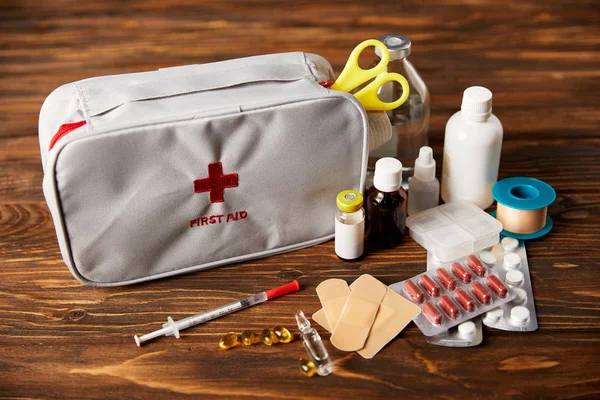
7. Clearing the Way: Recovery Efforts
Relief flights have landed at reopened airports, bringing in generators, medical supplies, and food. Crews cut through bamboo-choked roads and clear sand drifts stretching more than a mile in South St. Elizabeth. Norman Manley International Airport in Kingston resumed limited commercial operations, and cruise ports in Ocho Rios, San Antonio, and Port Royal are again accepting vessels. Cayman Islands Premier André Ebanks arrived with aid, recalling Jamaica’s support during Hurricane Ivan in 2004.

8. Coping With Trauma Amidst the Rubble
The destruction is not only physical but deeply psychological. As Dr. Nomi Levy-Carrick put it, “The sudden loss of control and uncertainty can be overwhelming.” Anxiety, sleeplessness, or even post-traumatic stress may follow in the wake of survivors. Healthy coping mechanisms would involve maintenance of meals, exercise, and sleep patterns, keeping connected with supportive networks, avoiding unhealthy coping methods such as excessive drinking. Psychological first aid-which helps people feel safe, regain control, and connect to resources-can ease distress in the immediate aftermath.

9. Building Resilience for the Future
Caribbean countries have learned valuable lessons from hurricanes like Beryl and now Melissa. Investments in greenhouse farming, early warning systems, and communication networks, including DHF radios and WhatsApp groups for fishers, have better prepared them. But climate change is feeding the storms that develop with unprecedented rapid intensification-straining even the most resilient systems. The long road of recovery will require rebuilding infrastructure, strengthening mental health support, distributing aid equitably, and engendering community-driven resilience. While there is great devastation across Jamaica, the spirit of its people is not broken. As Prime Minister Holness himself said, “The damage is great, but we are going to devote all our energy to mount a strong recovery.”


